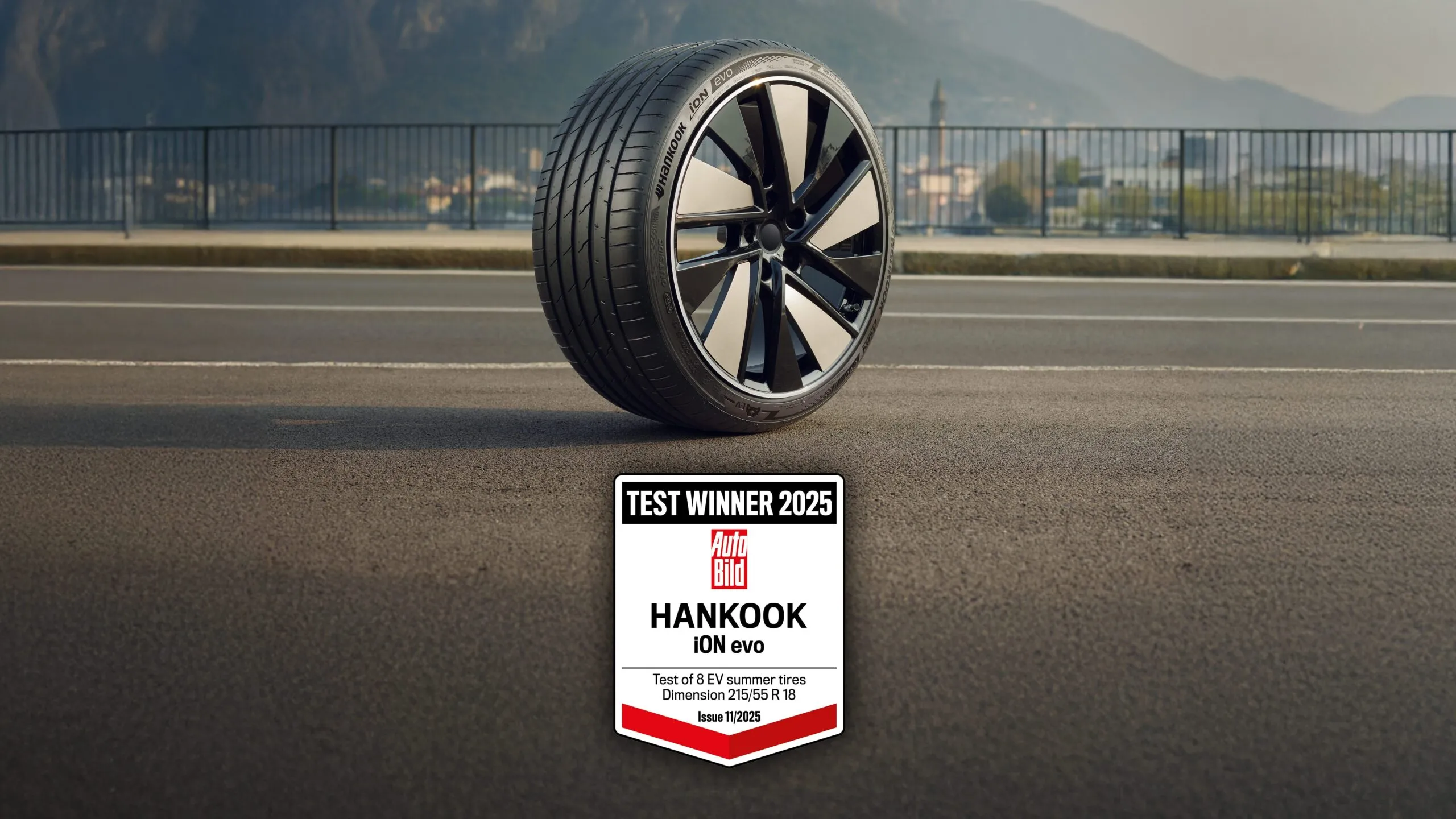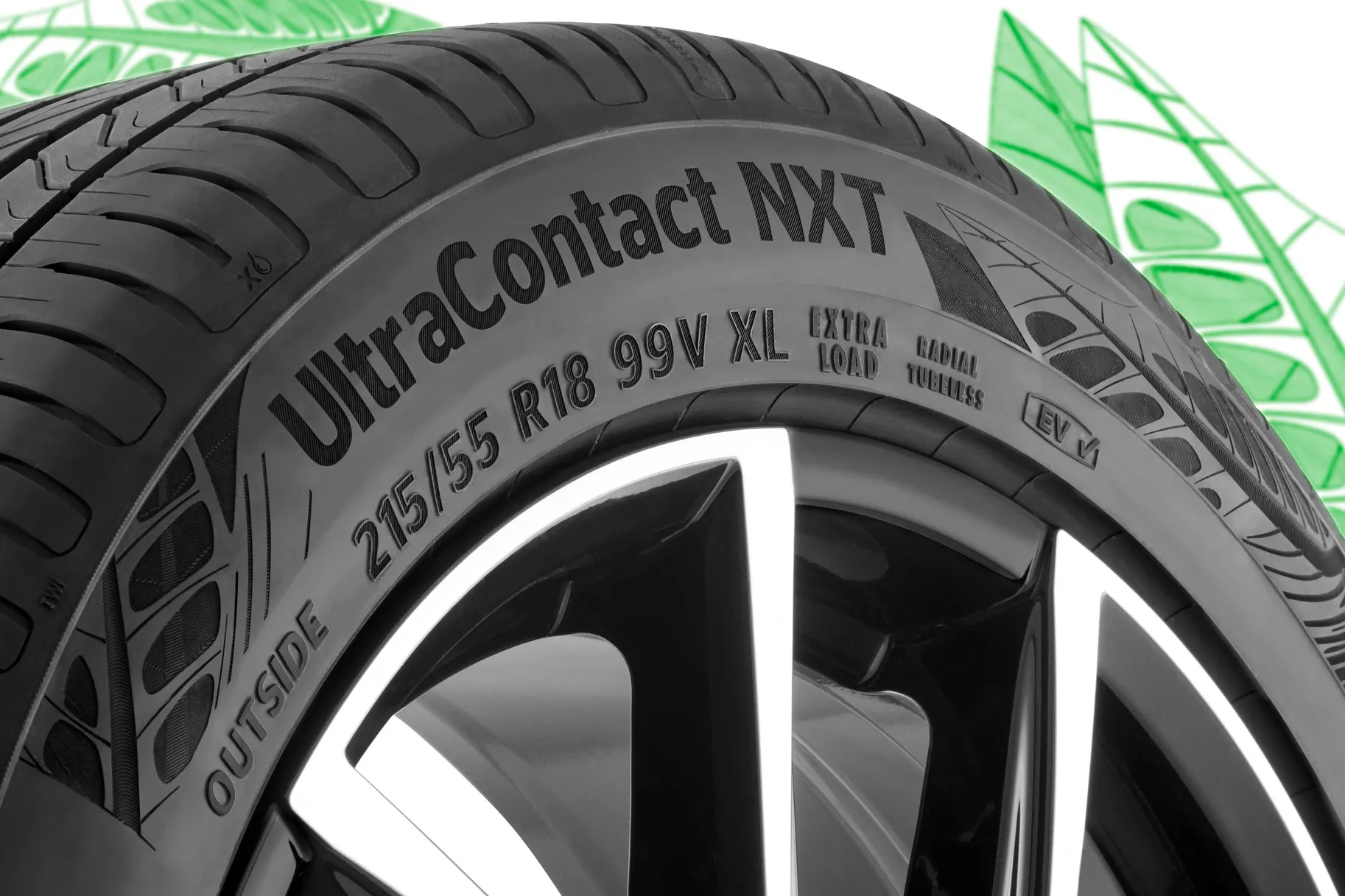Bendix SwiftFit Disc Brake Rotors are meant to be installed immediately, without the need to clean the anti-rust coating.
Skip the Hassle of Cleaning New Rotors with Bendix SwuftFit Disc Brake Rotors
When servicing your brakes or installing new brake components, it is vital that you clean your disc rotors when fitting to reduce the risk of problems in the bedding-in stage. New and re-machined rotors both need to be cleaned and wiped down before being fitted, as the manufacturing process includes oil, graphite, carbon and silicone, and new parts are generally covered with a rust protection film, which can all end up as residue on the rotor.
If not cleaned carefully at the time of being fitted, these compounds and chemicals can impregnate the brake pads, resulting in a reduction in brake performance and an increase in the likelihood of squeaking and shuddering brakes. Alternatively, to skip the hassle of cleaning the new rotors, you may fit Bendix SwiftFit Disc Brake Rotors. Featuring the latest anti-rust technology, SwiftFit coating, Bendix SwiftFit Disc Brake Rotors are meant to be installed immediately, without the need to clean the anti-rust coating, providing a faster and hassle-free installation.
The uneven wear of a disc rotor, often referred to as Disc Thickness Variation (DTV), is where the disc varies in the thickness as indicated in the diagram below.
As the disc rotates through the caliper the variation in disc thickness results in a variation in braking pressure applied by the disc pads to the rotor. This variation in braking effort is translated in vibration that can be felt through the vehicle such as pedal pulsation, steering wheel oscillation and vibration through the floor of the vehicle.
A number of suggestions are recommended by Bendix to avoid these problems. These include using a medium to fine grit emery on the rotor whilst still spinning after machining and ensuring the disc is completely free of burrs. Spraying with a noncorrosive, non-staining brake cleaner to remove any rust protection from new rotors (You can skip this cleaning process if you are fitting Bendix SwiftFit Disc Brake Rotors) and to clean away any residue from machined parts is essential to ensure these are completely clean.
DTV often does not become apparent until 10,000 to 15,000 kms after disc machining or replacement, and poorly serviced calipers can accelerate the occurrence of DTV, as can high levels of rotor run-out at fitment (greater than 0.10mm). You can measure the disc thickness of the rotor 25mm in front of the outer edge using a Vernier caliper.
This measurement should be taken at a minimum of 10 points around the circumference, and there should be no greater than 0.03mm variance in any of the measurements. If greater, the rotor should be replaced or machined with a light skim to clean up any DTV flat spots. If the vehicle is using ceramic pads the rotor must be machined on every brake job. Calipers should be overhauled; side pins must move freely, and the piston seals must be checked for good condition or replaced. On-vehicle machining eliminates variation in axles, bearings etc.
If there is zero rotor run-out at fitment then DTV will not happen. Unfortunately vehicle design, tolerance variations and general wear and tear may mean that zero rotor run-out is unachievable. However, on-vehicle measurement of rotor run-out with an accurate dial indicator combined with the use of a good quality torque wrench to tighten the wheel nuts will minimise run-out and minimise DTV effects.
Installed run-out should be less that 100μm (0.1mm), and when this cannot be achieved, checks on the bearings, flange, stub axle and rotor hat should be made. Wheel nuts should be evenly torqued with the use of a torque wrench to avoid distortion.
你为什么需要在安装新制动片时清洁你的制动组件?
当你保养制动器或安装新的制动组件时,在安装前清洗你的制动盘很重要,因为这可降低适应期发生问题的风险。新或重新经过打磨修整的制动盘在安装前都需要经过清洗和擦拭,因为制造过程中包括油、石墨、碳和硅,而新的部件一般都会涂上防锈薄膜,这些都会变成制动盘上的残渣。 如果在安装时没有妥善地弄干净,就会降低制动性能,而且将会提高制动时的吱吱声和抖动声。或者,你可以选择安装奔德士SwiftFit 盘式制动器,跳过清洗新制动盘的麻烦。采用最新防锈技术的SwiftFit涂层,奔德士SwiftFit盘式制动器能够立马安装,不需要清洁防锈涂层,提供快速、轻松无忧的安装。
制动盘的不均匀磨耗,一般被称为制动盘厚薄差(DTV),指的是制动盘厚度不同的地方,就如下图所示。当你刹车时,如果出现制动盘厚薄差,就会影响刹车性能。这样的制动力变化会通过汽车踏板脉动、方向盘振动及车辆地板振动感受得到。
奔德士提供了一些建议避免这些问题。其中包括在制动盘经过车床磨平后仍旋转时,采用中到细的砂纸打磨, 确保制动盘完全没有毛刺。喷涂无腐蚀、不沾污制动清洁剂,去除新制动盘上的任何防锈保护(如果你安装的是奔德士SwiftFit盘式制动器,你就能够跳过清洁过程),和清除打磨修整后部件的残渣是重要的,确保它们完全干净。
制动盘厚薄差一般不会很明显,直到制动盘加工或替换后的10,000公里至15,000公里,而保养得很差的卡钳将加速制动盘后薄差的发生,在安装时高度耗尽(大于0.10mm)。你可以采用游标卡尺(Vernier Caliper)来测量制动盘外缘前方25mm 厚度。
此测量应该至少在圆周上取10个点,而且在任何测量中所得的方差不得大于0.03mm。如果大于0.03mm,该制动盘必须替换或打磨修整,轻轻撇去制动盘厚薄差的扁平点。如果采用的是陶瓷制动片,每一次制动,制动盘就必须打磨修整。卡钳必须大修、侧面销必须自由移动,而且必须检查活塞的情况是否良好或者需要替换。车上进行打磨修整能够消除轴和轴承差异。
如果制动盘的安装零偏离,那么就不会发生制动盘厚薄差。不幸的是,车辆的设计、差异容限、一般磨耗及损伤意味着零偏差是不可能实现。然而,以一个准确的针盘量规进行车载制动盘偏差测量和一个优质的扭力扳手来锁紧轮毂螺帽,可降低偏差和减少制动盘厚薄差的情况。
安装偏差必须小于100μm (0.1mm),如果无法做到,请检查轴承、轮缘、转向轴及制动盘。轮毂螺帽必须采用扭力扳手均匀扭转,避免变形。







